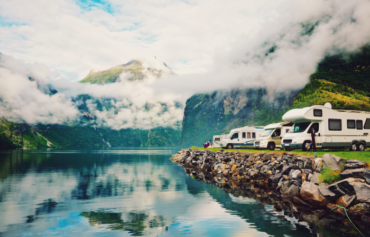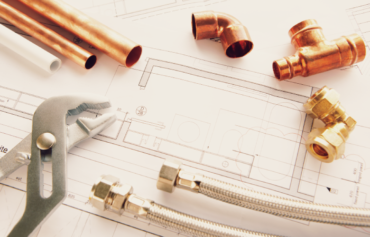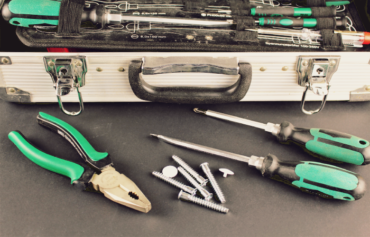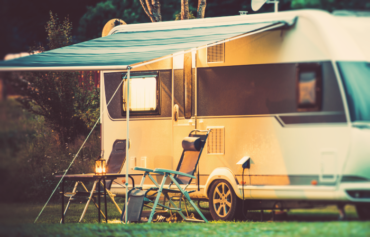In the world of RV enthusiasts, the prospect of operating the propane system can evoke a range of concerns and fears. Many RV owners, like you, may initially hesitate to light the stove or use propane appliances due to safety worries. In this blog post, we’ll delve into common concerns and equip you with knowledge to alleviate those fears, turning your propane system into a reliable and safe resource for your adventures.
Safety Checklists
The journey towards understanding and embracing the safety of your RV’s propane system begins with regular checkups. Consider scheduling an annual leak drop test conducted by a professional technician or inspector. This comprehensive examination ensures the integrity of the entire system, identifying and rectifying any potential leaks. As a proactive RV owner, you can also perform your own tests using household items like dishwashing soap or specialized propane detectors.
DIY Safety Measures
Enhance your peace of mind by incorporating do-it-yourself safety measures into your routine. Utilize dishwashing soap, kids’ bubbles, or specialized sprays to check connections for potential leaks before every trip. Additionally, invest in a propane sniffer for an extra layer of assurance. While not foolproof, these devices can be used indoors to supplement your safety checklist.
Essential Equipment
Certain equipment is essential for maintaining a secure propane system in your RV. Ensure your fire extinguisher is charged and strategically placed near the exit or entry door. Smoke detectors, LP detectors, and carbon monoxide detectors are vital components of your safety arsenal. Keep them up-to-date by replacing batteries and units according to manufacturer recommendations.
Propane Myths Dispelled
Understanding the safety features of your propane appliances can dispel common myths and misconceptions. In the event of a flame going out, propane flow is automatically halted by safety features. Appliances attempt to ignite three times, and if unsuccessful, the gas valve closes, preventing any gas flow. Additionally, the flame sense mechanism inside appliances ensures that if no flame is detected, the gas valve shuts down, ensuring no propane is flowing.
Proper Combustion and Ventilation
Addressing concerns about carbon monoxide fumes is crucial for peace of mind. Propane appliances, including the fridge, water heater, and furnace, are designed to conduct combustion outdoors. Properly operating systems exhaust all fumes to the exterior of the RV. The exception is the cooktop and oven, where combustion occurs indoors. To mitigate any risks, keep the vent fan open or crack a window when using propane for cooking.
In conclusion, arming yourself with knowledge is the key to transforming fear into confidence when operating the propane system in your RV. By adhering to safety checklists, incorporating DIY measures, and understanding the built-in safety features of your appliances, you can enjoy the efficiency and affordability of propane as a fuel source. Let this newfound understanding empower your RV adventures, allowing you to focus on the joy of the journey rather than fear of the unknown. Safe travels!





